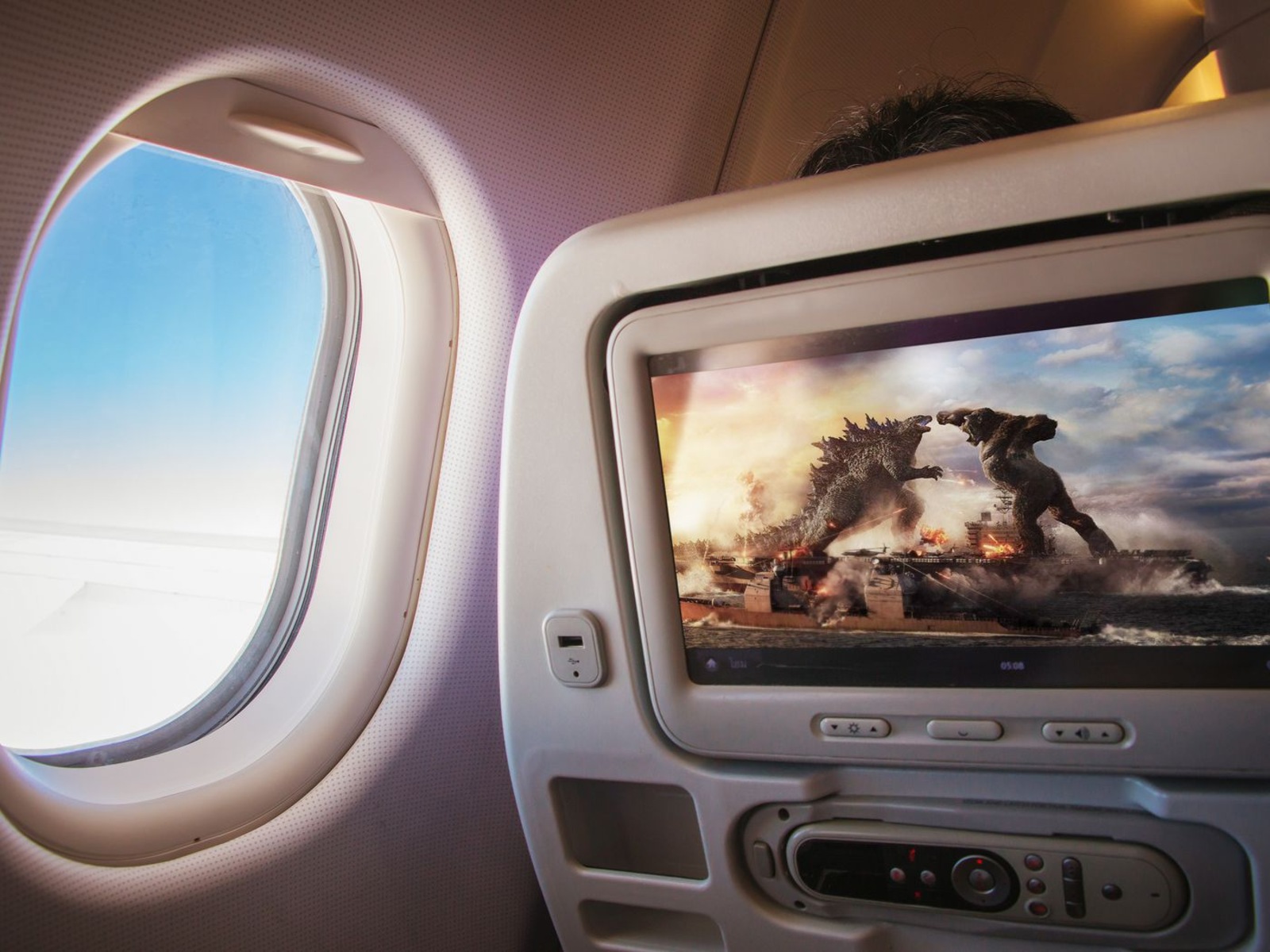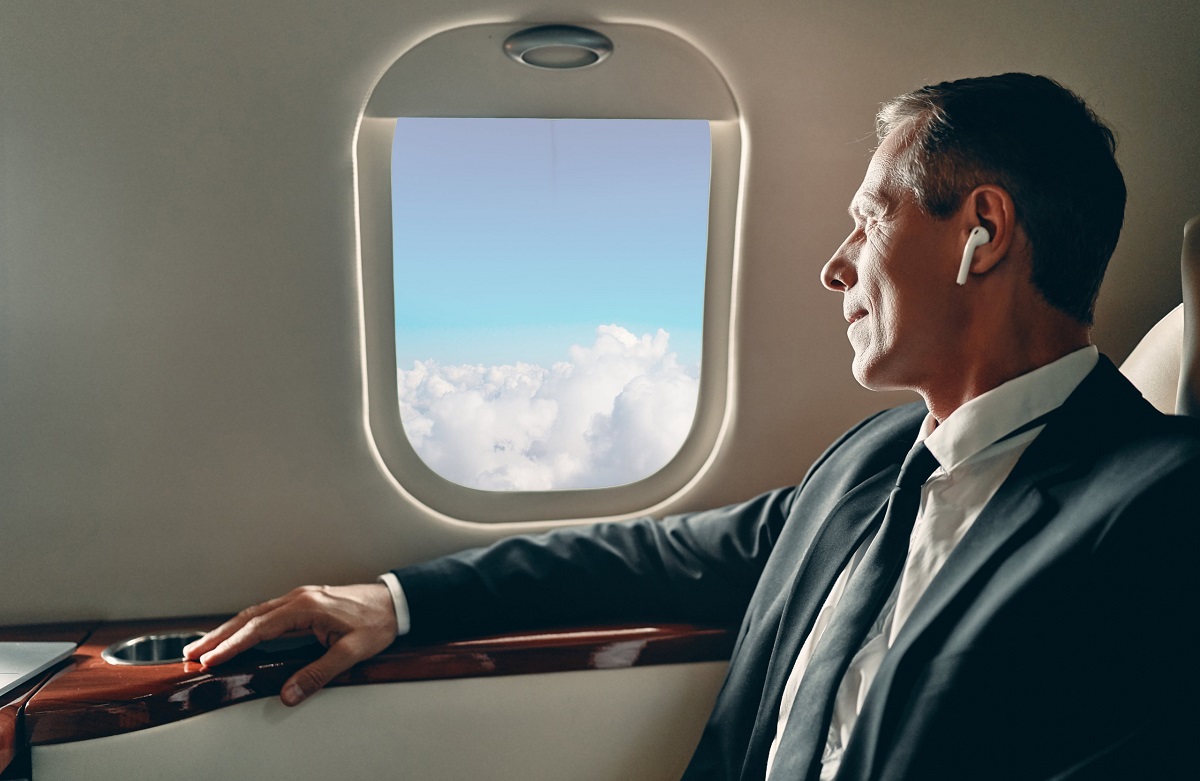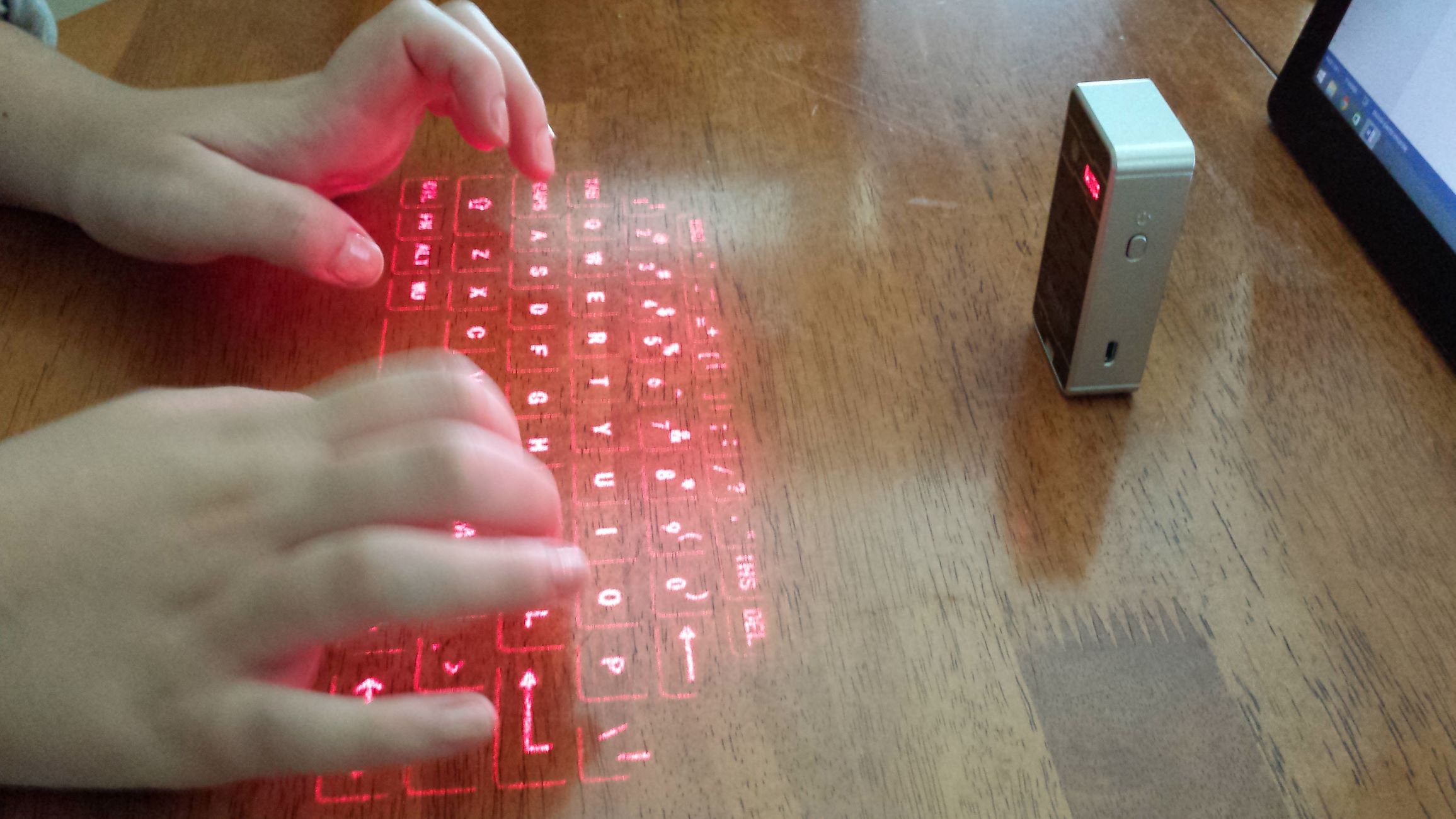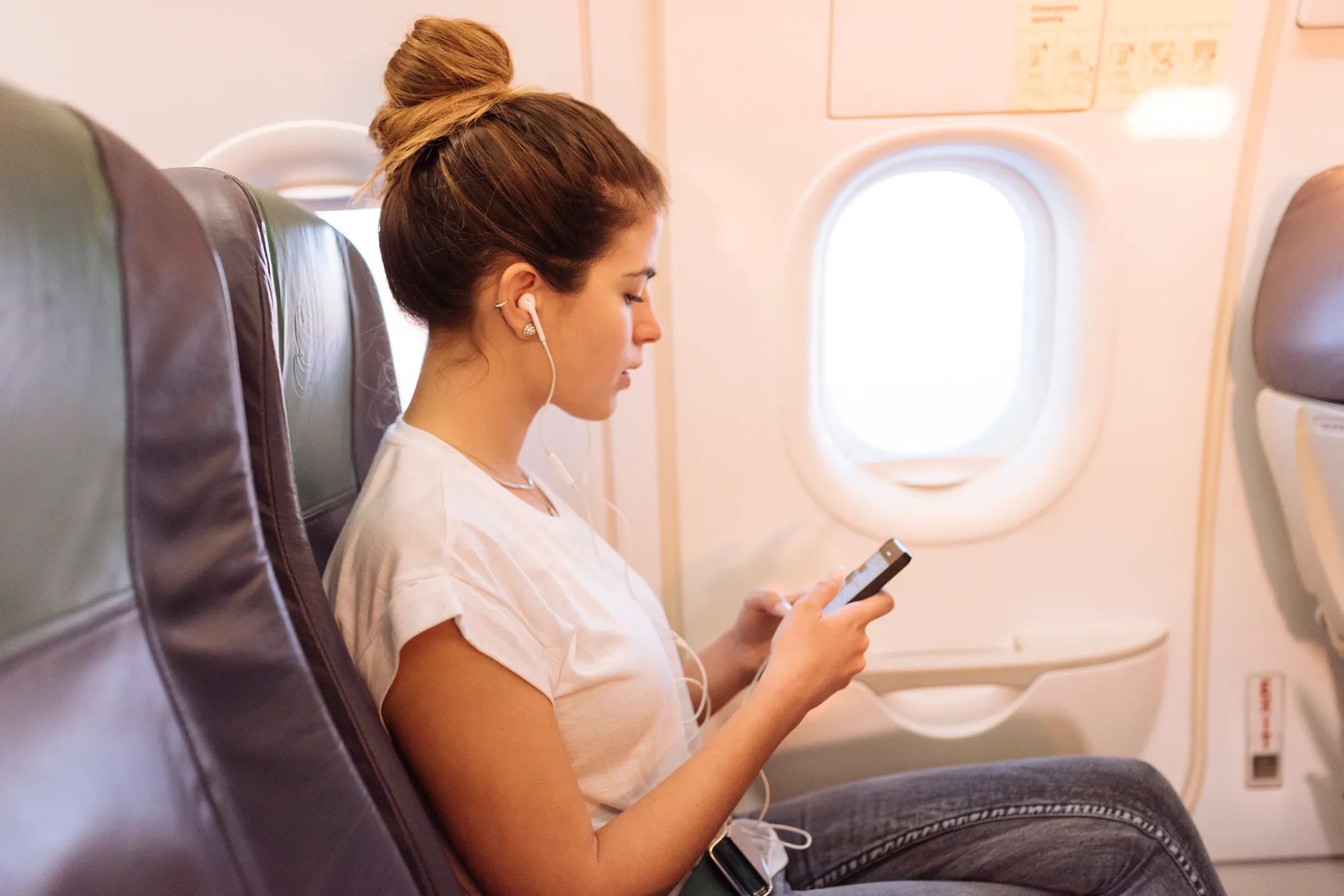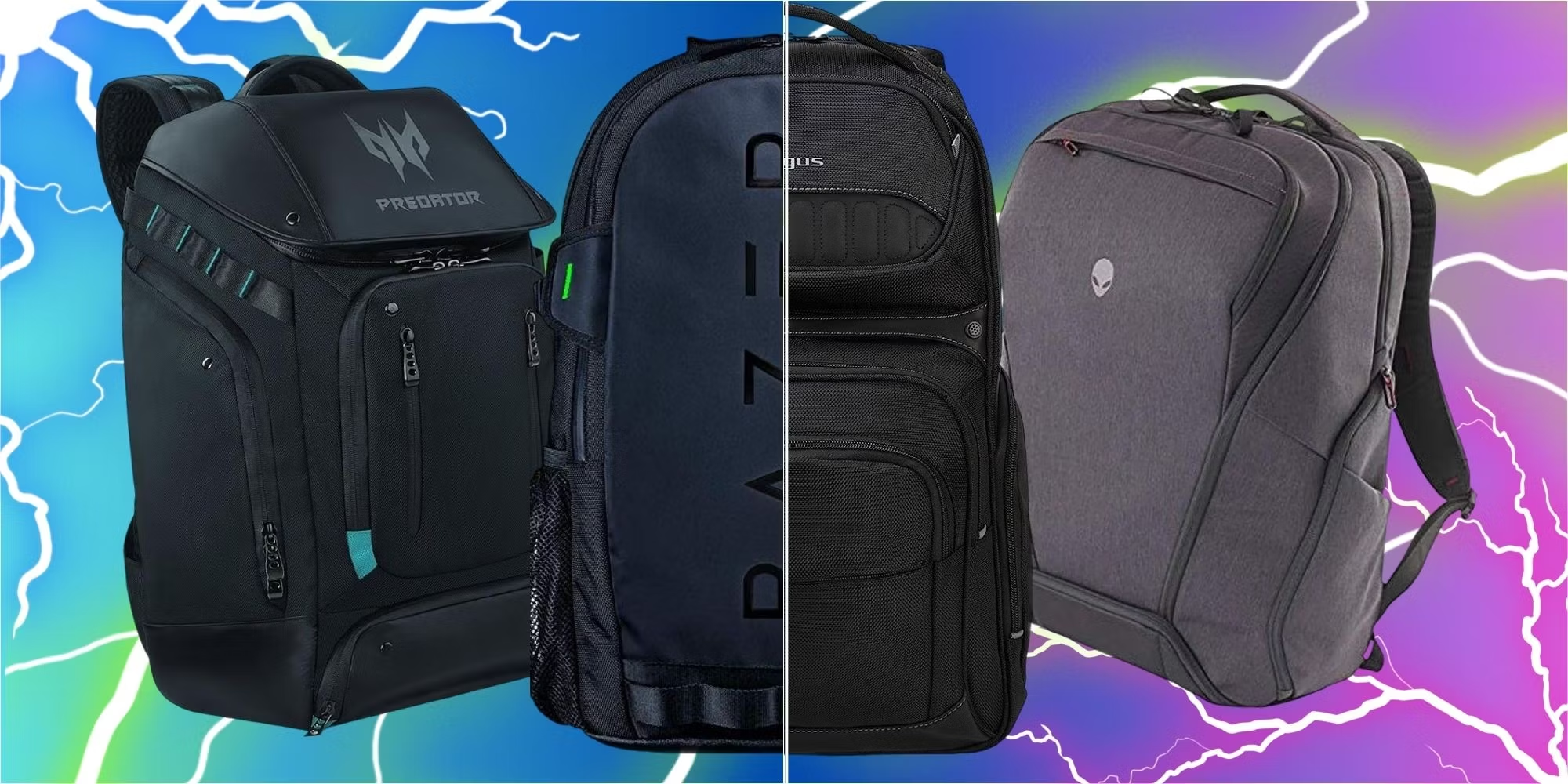Introduction
Traveling has become an integral part of our lives, whether it’s for business or pleasure. With the increasing reliance on electronic devices, such as smartphones, tablets, and laptops, keeping them charged on the go is essential. That’s where power banks come in handy.
A power bank, also known as a portable charger, is a portable device that allows you to store electrical energy and later use it to charge your electronic devices. They are a lifesaver when you’re away from power outlets or traveling to remote locations without access to electricity.
However, when it comes to air travel, there are certain regulations and guidelines that you need to be aware of to ensure a hassle-free journey. The International Air Transport Association (IATA), Transportation Security Administration (TSA), and Federal Aviation Administration (FAA) have issued rules regarding the size and capacity of power banks that you can bring on a plane.
In this article, we will explore the different guidelines provided by these organizations and understand the maximum capacity of a power bank that you can bring on a plane. We will also delve into the various safety considerations that you should keep in mind when traveling with power banks.
So, if you’re planning your next adventure or business trip and need to bring your power bank along, read on to stay informed about the rules and ensure a smooth journey.
Understanding the Regulations
Before we dive into the specific guidelines provided by the regulatory organizations, it’s important to have a clear understanding of why there are regulations in place for carrying power banks on airplanes. The primary concern is safety. Lithium-ion batteries, which are commonly used in power banks, have the potential to overheat and even catch fire in certain circumstances.
To minimize the risk of such incidents during air travel, the IATA, TSA, and FAA have established rules that passengers must adhere to. These regulations aim to strike a balance between allowing travelers to bring necessary portable chargers on board while also ensuring the safety of everyone on the aircraft.
The IATA, which represents the airline industry globally, provides general guidelines for transporting lithium-ion batteries, including power banks. They specify that power banks with a lithium content not exceeding 100 watt-hours (Wh) are generally permitted in both carry-on and checked baggage.
On the other hand, the TSA, responsible for security at airports in the United States, enforces more specific guidelines. They allow power banks with a capacity of up to 100 watt-hours (Wh) in carry-on luggage, but they are not allowed in checked baggage unless explicitly approved by the airline.
The FAA, which regulates civil aviation in the United States, has similar rules but provides a distinction based on power bank capacity. Power banks with a capacity of up to 100 watt-hours (Wh) are allowed in both carry-on and checked baggage. However, power banks with a capacity between 100 and 160 watt-hours (Wh) are subject to airline approval and must be brought in carry-on luggage.
It’s important to note that these regulations are subject to change, so it’s always a good idea to check with the specific airline you’re traveling with before your flight to ensure you are in compliance with their policies.
Now that we have a basic understanding of the regulations, let’s explore what exactly constitutes a power bank, and the specific guidelines for each regulatory body in more detail.
What is a Power Bank?
Before we delve deeper into the guidelines and regulations surrounding power banks on airplanes, let’s first understand what a power bank actually is. A power bank, also known as a portable charger, is a portable device that allows you to store electrical energy and later use it to charge your electronic devices.
Power banks typically consist of a rechargeable lithium-ion battery enclosed in a small and compact casing. They come in various capacities, ranging from a few thousand milliampere-hours (mAh) to tens of thousands of milliampere-hours (mAh). The capacity of a power bank determines how much charge it can store and subsequently deliver to your devices.
Power banks are equipped with one or more USB ports, allowing you to connect your devices using their respective charging cables. Some power banks also come with additional features, such as multiple USB ports for charging multiple devices simultaneously, built-in cables for added convenience, and wireless charging capabilities.
These portable chargers have become indispensable in our daily lives as we increasingly rely on our smartphones, tablets, and other electronic devices to stay connected and productive. Whether you’re traveling for work, going on a road trip, or simply spending the day out, a power bank ensures that you never run out of battery power and stay connected.
It’s important to note that power banks, like all lithium-ion batteries, should be handled and used with caution. You should always purchase power banks from reputable manufacturers to ensure they meet safety standards and are tested for potential hazards.
Now that we have a clear understanding of what a power bank is, let’s move on to explore the specific guidelines provided by the regulatory bodies regarding power bank usage on airplanes.
IATA Guidelines
The International Air Transport Association (IATA), which represents airlines worldwide, has provided general guidelines for transporting lithium-ion batteries, including power banks, on airplanes. These guidelines ensure the safety of passengers and crew during air travel.
According to the IATA, power banks with a lithium content not exceeding 100 watt-hours (Wh) are generally permitted in both carry-on and checked baggage. This means that most standard power banks, commonly available in the market, can be brought on board without any issues.
However, it’s important to note that there are a few restrictions and safety measures to keep in mind. The IATA advises passengers to follow the manufacturer’s instructions for the safe use and handling of power banks. This includes protecting power banks from short circuits and physical damage, as well as not exposing them to excessive heat or moisture.
Furthermore, power banks should be packed in carry-on baggage whenever possible. This is because any incident involving a power bank in the passenger cabin can be quickly identified and dealt with by the crew. In case a power bank has to be transported in checked baggage, the IATA recommends ensuring it is switched off and ensuring that it cannot be accidentally activated during transport.
It’s worth mentioning that the IATA guidelines serve as a baseline, and individual airlines may have additional restrictions or requirements. Therefore, it’s always advisable to check with the specific airline you’re traveling with to ensure compliance with their policies.
By following the IATA guidelines and practicing responsible usage and handling, you can travel with your power bank safely and conveniently.
TSA Guidelines
The Transportation Security Administration (TSA) is responsible for security at airports within the United States. They have specific guidelines regarding the transportation of power banks, ensuring the safety and security of all passengers.
According to the TSA, power banks with a capacity of up to 100 watt-hours (Wh) are allowed in carry-on luggage. This means that most power banks commonly available for personal use fall within the permitted range.
However, it’s important to note that power banks are not allowed in checked baggage unless they are specifically approved by the airline. This is due to the potential fire hazards associated with lithium-ion batteries, which can be better managed in the cabin rather than in the cargo hold.
When passing through the security checkpoint, the TSA requires passengers to remove power banks from their bags and place them separately in a bin for screening. This helps the security officers get a clear view of the power bank and ensures a thorough inspection.
If you have multiple power banks, it’s important to check with the airline’s guidelines as individual airlines may have limitations on the number of power banks allowed per passenger.
It’s worth noting that the TSA guidelines are subject to change, and it’s always a good idea to check the latest updates before your trip. The TSA has a helpful website where you can find additional information related to prohibited items and guidelines for air travel.
By following the TSA guidelines and cooperating with security officers during the screening process, you can ensure a smooth and hassle-free experience while carrying your power banks on airplanes in the United States.
FAA Guidelines
The Federal Aviation Administration (FAA) is the governing body responsible for regulating civil aviation in the United States. They have established guidelines regarding the transportation of power banks on airplanes to ensure passenger safety.
According to the FAA, power banks with a capacity of up to 100 watt-hours (Wh) are allowed in both carry-on and checked baggage. This means that most standard power banks commonly used by travelers can be brought on board without any issues.
However, it’s important to note that power banks with a capacity between 100 and 160 watt-hours (Wh) are subject to airline approval and must be carried in the cabin. These particular power banks are not allowed in checked baggage due to safety concerns.
When carrying power banks in your carry-on luggage, it’s important to follow the FAA’s guidelines. Power banks should be properly stored and protected to prevent accidental activation or damage. Ensuring that power banks are switched off and packed securely will help minimize any risks during the journey.
It’s worth mentioning that while the FAA has provided these guidelines, airlines may have additional restrictions or requirements. Therefore, it’s recommended to check with the specific airline you’re traveling with to ensure compliance with their policies regarding power bank transportation.
By following the FAA guidelines and adhering to the airline’s policies, you can travel with your power banks in a safe and responsible manner.
Different Power Bank Capacities
Power banks come in various capacities, which determine how much charge they can store and subsequently deliver to your devices. Understanding the different power bank capacities can help you choose the right one for your travel needs and ensure compliance with airline guidelines.
Power banks are typically measured in milliampere-hours (mAh) or watt-hours (Wh). The capacity of a power bank is usually indicated on the packaging or in the product specifications.
Standard power banks commonly available in the market have capacities ranging from a few thousand milliampere-hours (mAh) to tens of thousands of milliampere-hours (mAh). These power banks generally fall within the allowed limits set by regulatory organizations and airlines, making them suitable for travel.
For example, power banks with a capacity of up to 100 watt-hours (Wh) are permitted by both the IATA and FAA in both carry-on and checked baggage. This encompasses most power banks available for personal use.
However, it’s important to remember that power banks with a capacity between 100 and 160 watt-hours (Wh) are subject to airline approval and must be carried in the cabin. These power banks are not permitted in checked baggage due to safety concerns.
When selecting a power bank for your travel needs, consider factors such as the number of devices you plan to charge, the charging speed required, and the overall size and weight of the power bank. These considerations will help you find the right balance between capacity, portability, and convenience.
It’s also worth noting that power banks with higher capacities may be slightly larger and heavier than those with lower capacities. Therefore, if you’re looking for a more compact and lightweight option, you may opt for power banks with lower capacities.
Always ensure that the power bank you choose is compatible with your devices and follows safety standards. Consider purchasing power banks from reputable manufacturers that comply with regulatory guidelines to ensure a reliable and safe charging experience.
By understanding the different power bank capacities and selecting one that fits your travel needs, you can ensure a reliable source of power for your electronic devices while complying with airline regulations.
Safety Considerations
While power banks offer convenience and the ability to charge your devices on the go, it’s crucial to prioritize safety when traveling with them. Here are some important safety considerations to keep in mind:
1. Purchase from reputable brands: Choose power banks from reputable manufacturers that meet safety standards and have undergone proper testing. Avoid purchasing counterfeit or low-quality power banks, as they may pose a higher risk of malfunction or even fire.
2. Follow manufacturer’s instructions: Read and follow the manufacturer’s instructions regarding the safe usage and handling of your power bank. This includes guidelines on charging, storing, and protecting the power bank from extreme temperatures and physical damage.
3. Pack in carry-on luggage: Whenever possible, pack your power bank in your carry-on luggage rather than checked baggage. This allows for better monitoring and quick response in case of any issues or emergencies.
4. Prevent accidental activation: Ensure your power bank is switched off or has the necessary safety mechanisms to prevent accidental activation during transportation. This will help minimize the risk of overheating or fire.
5. Avoid extreme conditions: Do not expose your power bank to extreme temperatures or excessive humidity. Extreme heat or cold can affect the battery performance and increase the risk of malfunction or damage.
6. Regularly inspect for damage: Before and during your trip, regularly inspect your power bank for any signs of damage, such as cracks, bulges, or frayed cables. If you notice any issues, discontinue using the power bank and seek a replacement from the manufacturer.
7. Observe airline guidelines: Familiarize yourself with the specific guidelines provided by the airline you are traveling with. Different airlines may have additional restrictions, limitations, or requirements when it comes to transporting power banks on their flights.
8. Be vigilant during charging: When charging your devices using a power bank, be attentive and avoid leaving them unattended or connected for an extended period. Disconnect the devices once they are fully charged to prevent overcharging or potential overheating.
By prioritizing safety considerations and following these guidelines, you can travel with your power bank confidently while minimizing potential risks. Remember, safety should always be at the forefront to ensure a smooth and secure journey.
Conclusion
Traveling with a power bank on an airplane requires a clear understanding of the regulations and guidelines set by regulatory organizations such as the IATA, TSA, and FAA. These guidelines prioritize passenger safety while allowing for the convenience of carrying portable chargers.
Power banks, also known as portable chargers, are essential for keeping our electronic devices charged while on the go. They come in various capacities, allowing us to choose the right one based on our charging needs and travel requirements.
The IATA, TSA, and FAA have established guidelines regarding power banks on airplanes, specifying the permitted sizes and capacities for both carry-on and checked baggage. While most standard power banks fall within the allowed limits, it’s crucial to check with the specific airline for any additional restrictions or requirements they may have.
Ensuring the safety of power banks during travel is of utmost importance. It’s recommended to purchase power banks from reputable manufacturers, follow the manufacturer’s instructions, and protect them from physical damage and extreme conditions. Packing power banks in carry-on luggage enables better monitoring and quick response in case of any issues or emergencies.
By understanding and adhering to the regulations and safety considerations, you can travel with your power bank confidently and enjoy uninterrupted charging for your electronic devices.
So, whether you’re embarking on a business trip, a vacation, or any other travel adventure, make sure to check the guidelines, pack your power bank safely, and stay connected throughout your journey. Safe travels!









